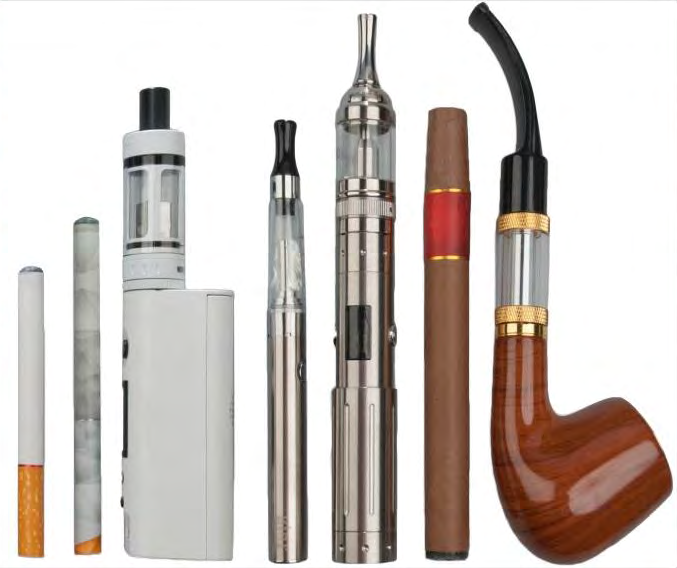An electronic cigarette (e-cigarette), also known as a vape, vaping device, or electronic nicotine delivery system (ENDS), is a battery-operated device that simulates tobacco smoking.
Components
- Battery: Powers the device, heating the coil.
- Atomizer/Cartomizer/Clearomizer: Contains the heating coil and wicking material that soaks up the e-liquid.
- E-liquid: A solution typically containing nicotine, propylene glycol, vegetable glycerin, flavorings, and other additives.
Mechanism
When the user puffs on the device, the battery heats the coil, which vaporizes the e-liquid. The user then inhales this aerosol, often referred to as “vapor.”

Health Concerns
E-cigarettes are generally considered less harmful than traditional cigarettes, but they are not harmless. Potential health risks include nicotine addiction, respiratory problems, cardiovascular effects, and exposure to harmful chemicals.
Regulation
Regulations vary widely across countries and regions. They may cover aspects such as age restrictions, sales restrictions, advertising restrictions, and product standards.
Use
E-cigarettes are used by a range of individuals, including smokers attempting to quit, former smokers, and never-smokers. Their appeal stems from factors such as flavor options, perceived lower risk, and social acceptability.










